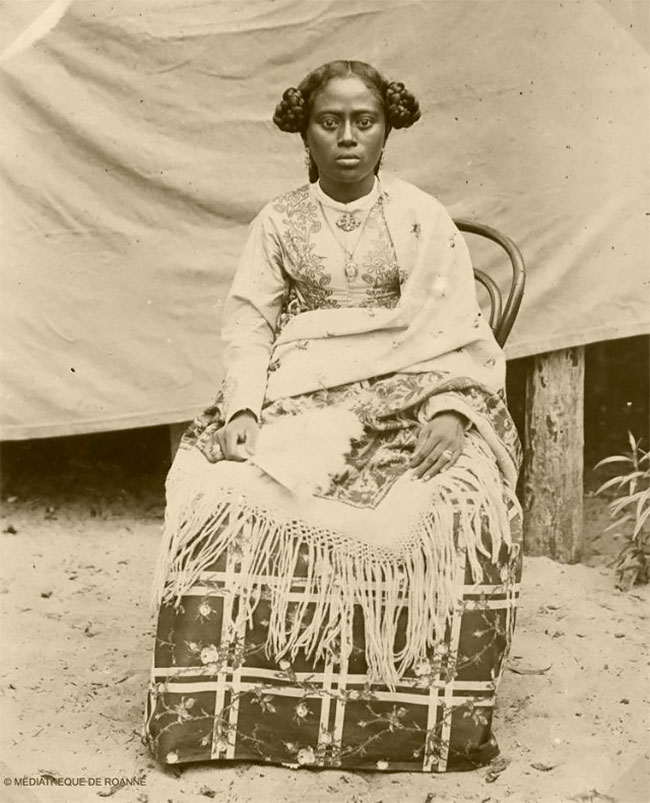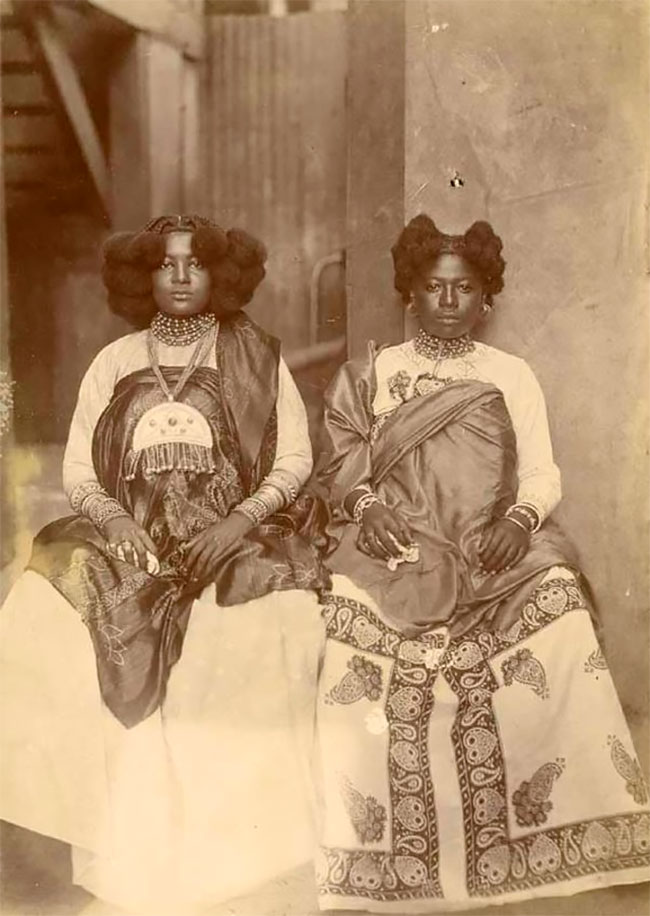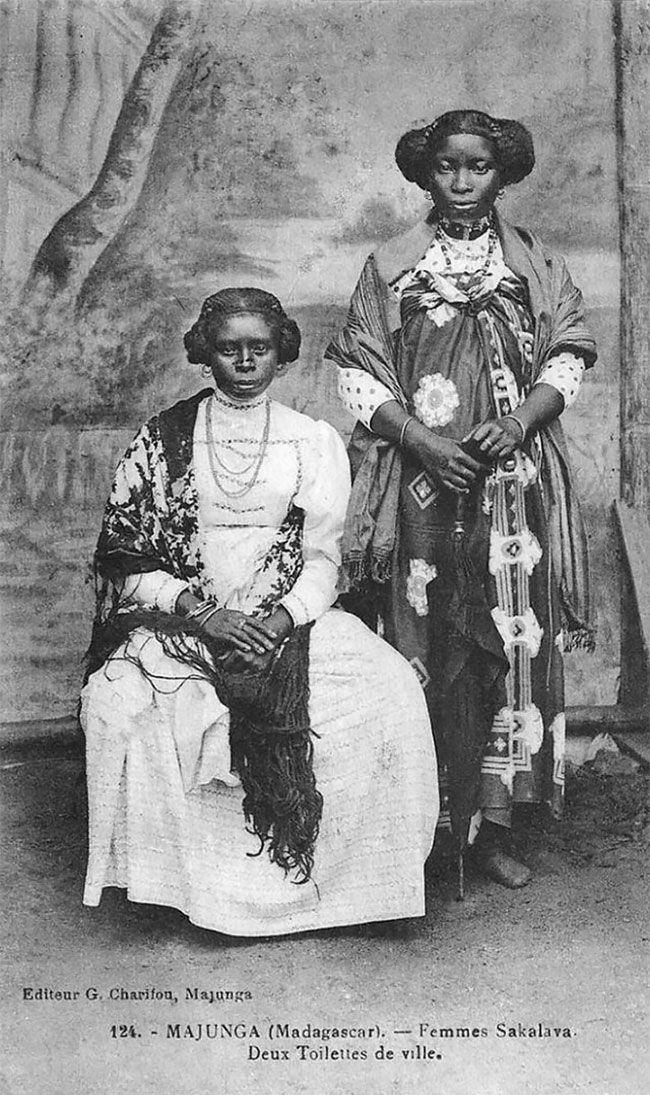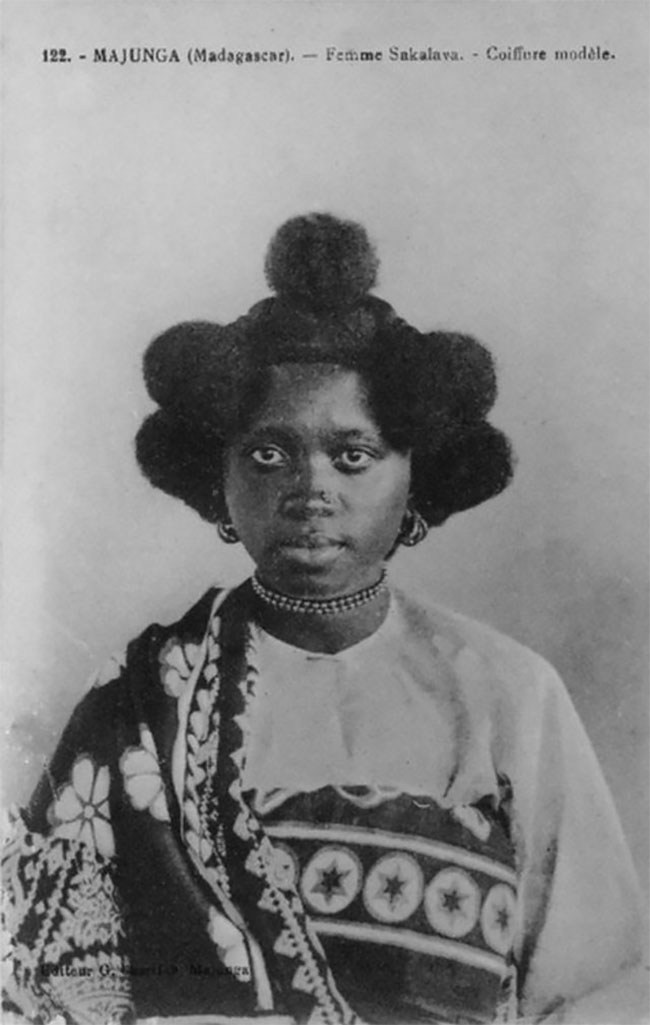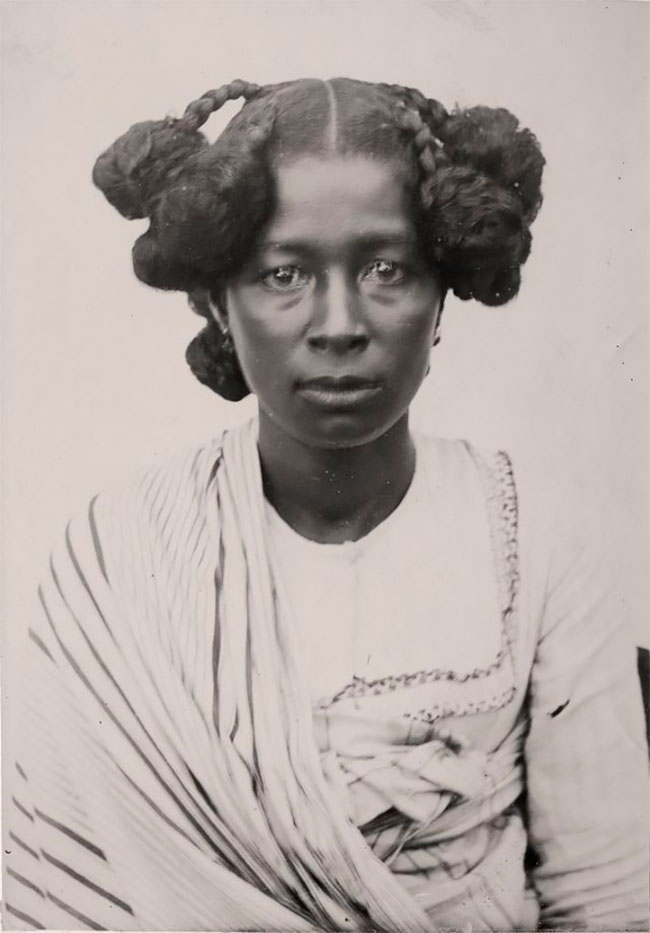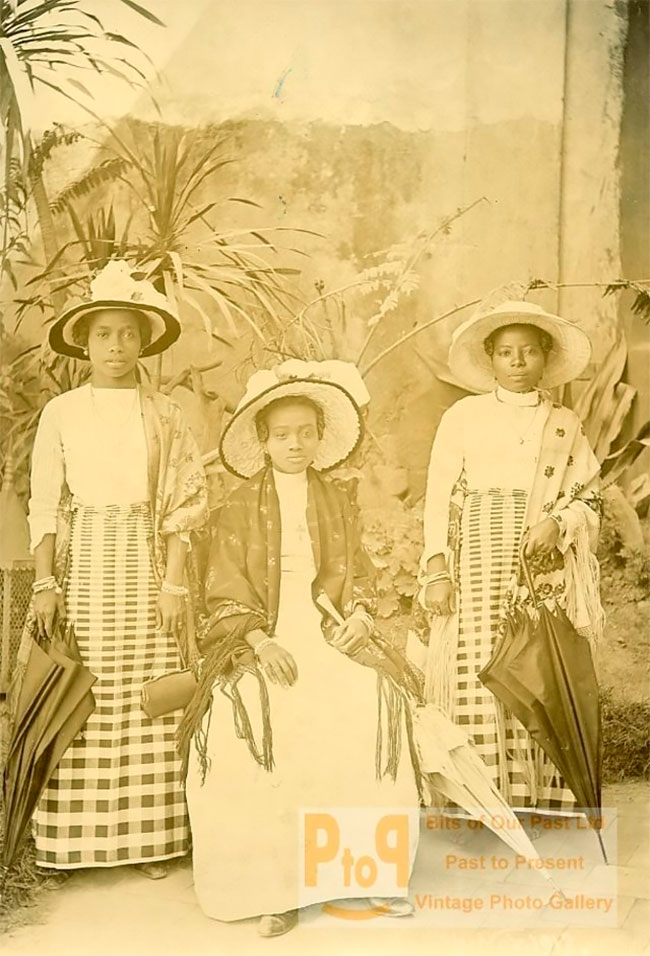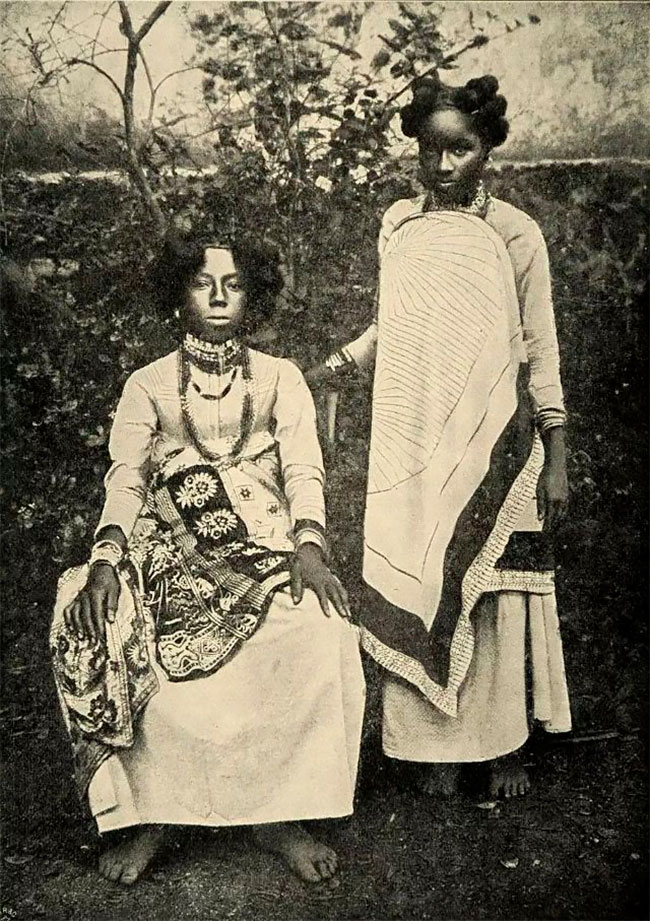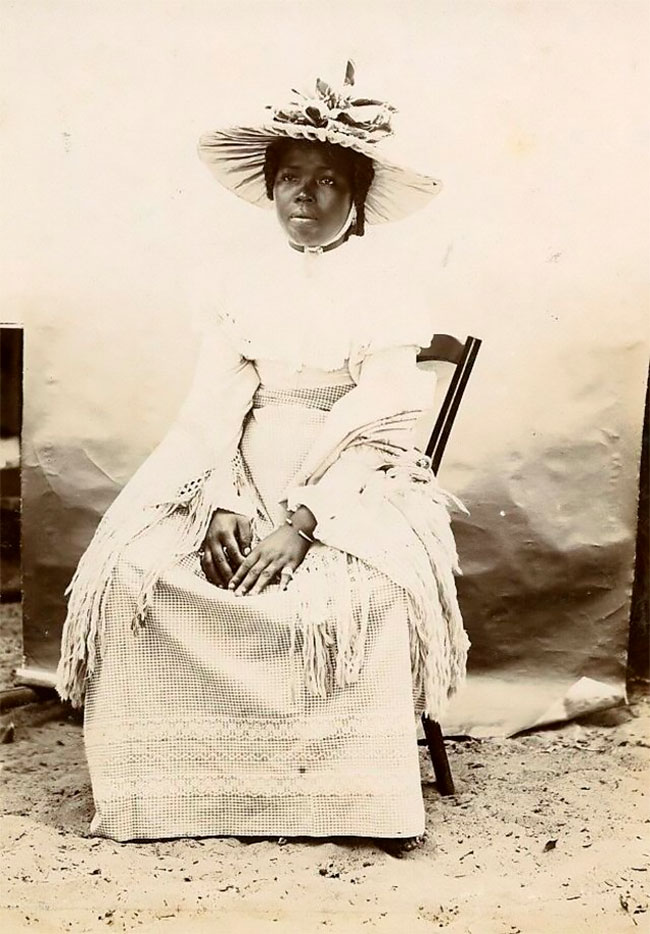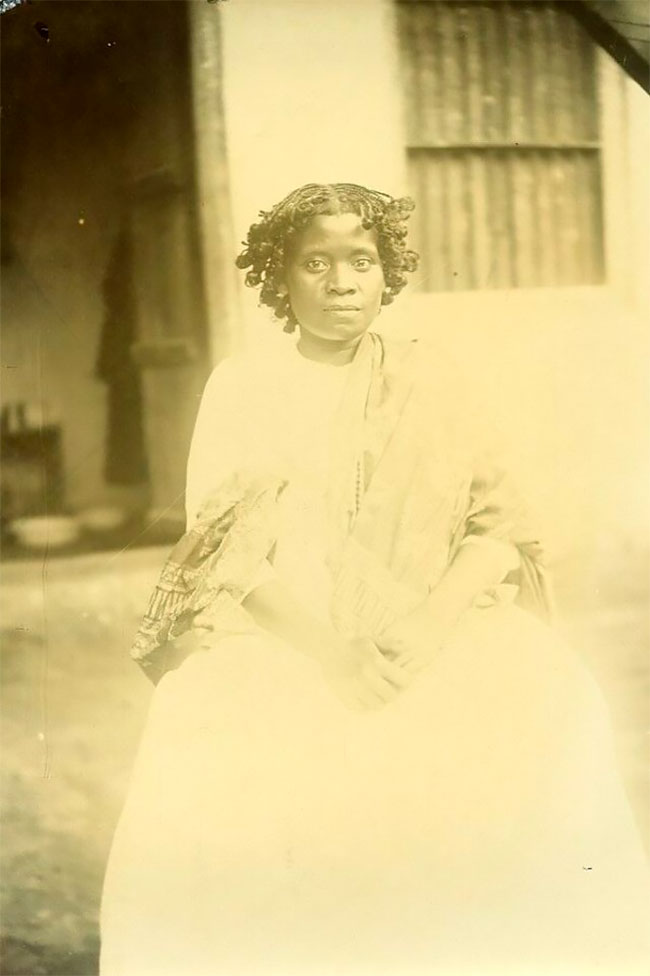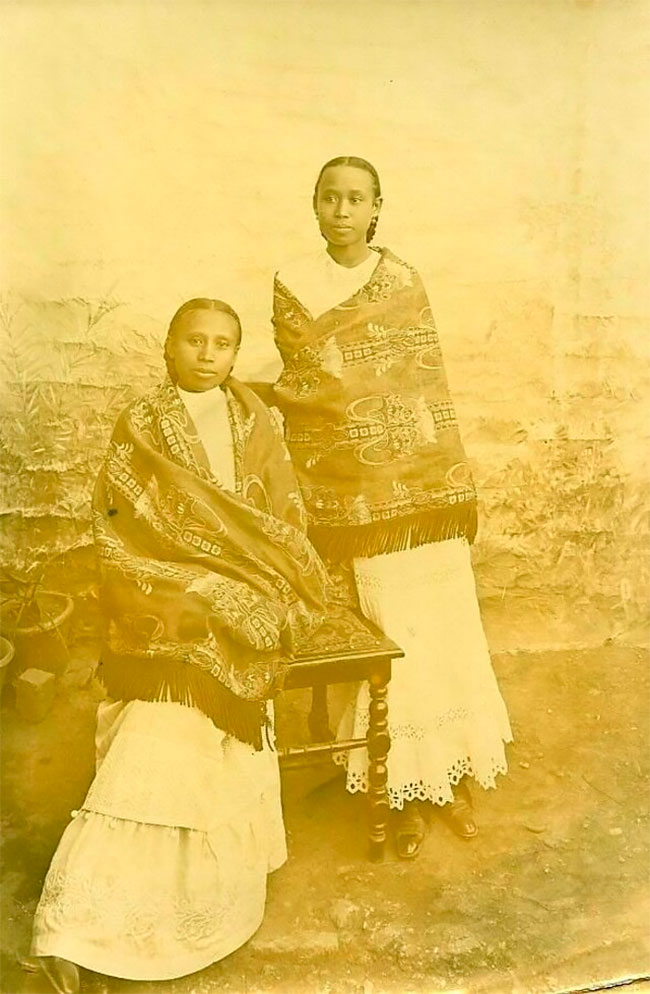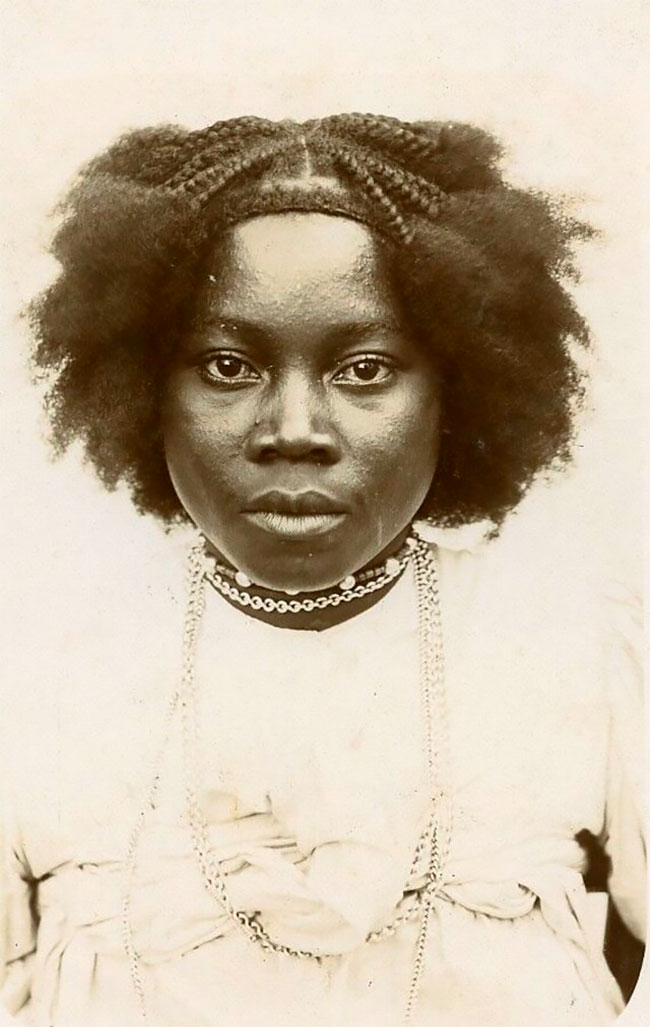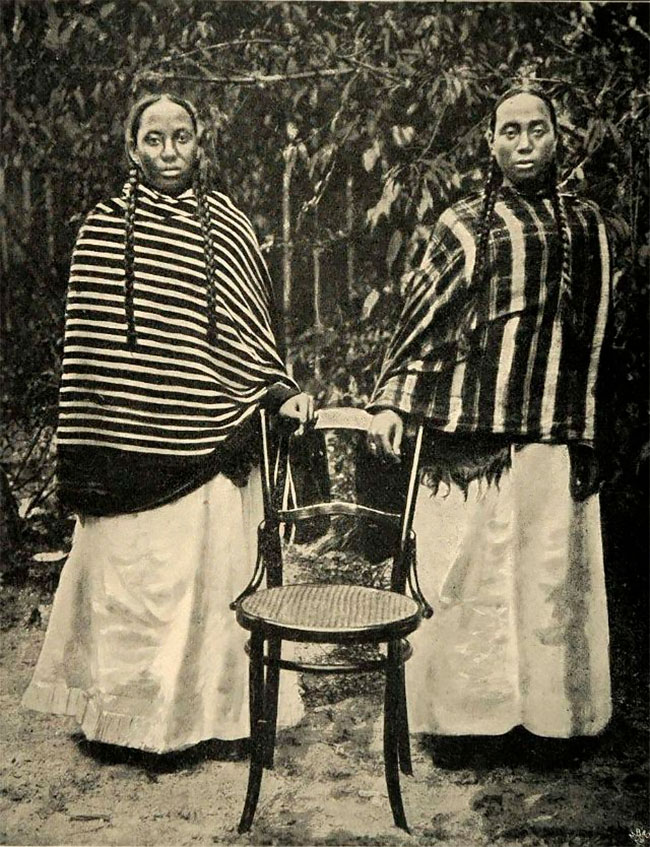Vintage Photos of Madagascan Women Showcasing Their Beautiful Hairstyles in the Early 20th Century
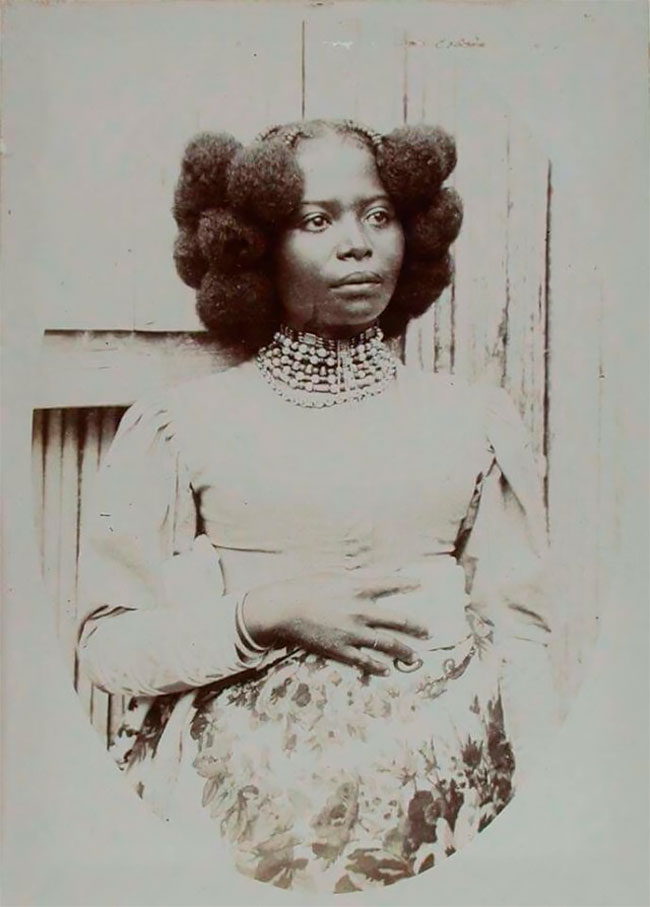
Among works of art, the hairstyle occupies an important place in the traditional life of the Malagasy. Every type of hairstyle has its specificity and its clean signification according to diversity in customs as every ethnic group otherwise as every tribe. Par excellence, it is a job of delicacy, always in harmony with circumstances, that demands however an address, dexterity and of patience.
h/t: vintag.es

The hairstyle constitutes a finery which raises forms of the face by its modeling. Although traditionally they contented simply themselves with carrying a lamba; a bag or sometimes a hat, later the Malagasy added various objects of finery such as jewelry, laces, and all kind of locally available coquetry and fancy things.

Different forms of hairstyles adapts with age, marital status and circumstances. For example, the hairstyle for ceremony (family celebrations, ritual demonstrations…); the daily life hairstyle; and the hairstyle for mourning. This traditions are followed by both women and men. During the same ceremony, the little girls, the boys, the teenagers, the women, the men and the old persons carry different hairstyles.

The art of hairstyling is transmitted in principle from generation to generation for every ethnic group, whatever is the quality of hair, with their variety and their specific character: smooth, right and fine (Tsobolo); wavy (Oly); curled (Ngita); short (Fohy); long (lava)…
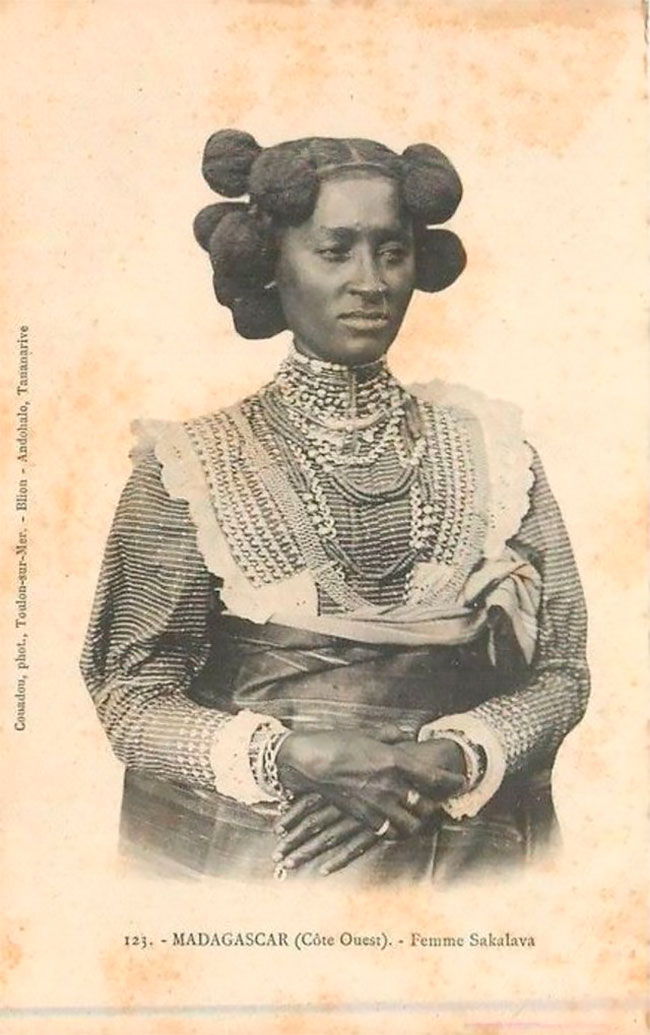
In general, the Malagasy have habit to braid their hair. The hairstyle allows so to classify every individual in hierarchy or in its social function. In case of mourning, some prescripts give rise to modifications. Historically, to some tribes, to pay tribute to the deceased, the women and the men had to sacrifice their hair except the tribe leader.
